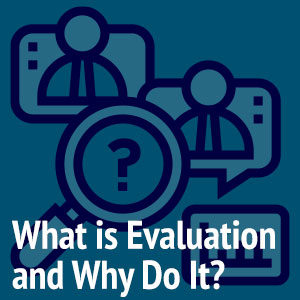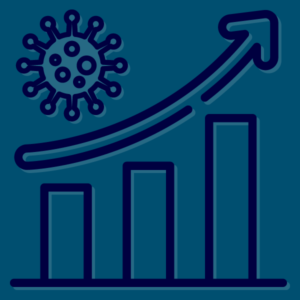 A needs assessment is a systematic research and planning process for determining the discrepancy between an actual condition or state of affairs, and a future desired condition or state of affairs. Needs assessments are undertaken not only to identify the gap between “what is” and “what should be” but also to identify the programmatic actions and resources that are required to address that gap. Typically, a needs assessment is a part of planning processes that is intended to yield improvements in individuals, education/training, organizations, and/ or communities. (https://en.wikipedia.org/wiki/Needs_assessment ) Ultimately, a needs assessment is “a systematic process whose aim is to acquire an accurate, thorough picture of a system’s strengths and weaknesses, in order to improve it and to meet existing and future challenges.”
A needs assessment is a systematic research and planning process for determining the discrepancy between an actual condition or state of affairs, and a future desired condition or state of affairs. Needs assessments are undertaken not only to identify the gap between “what is” and “what should be” but also to identify the programmatic actions and resources that are required to address that gap. Typically, a needs assessment is a part of planning processes that is intended to yield improvements in individuals, education/training, organizations, and/ or communities. (https://en.wikipedia.org/wiki/Needs_assessment ) Ultimately, a needs assessment is “a systematic process whose aim is to acquire an accurate, thorough picture of a system’s strengths and weaknesses, in order to improve it and to meet existing and future challenges.”
( http://dictionary.reference.com/browse/needs+assessment) Needs assessments have a variety of purposes. They can be used to identify and address challenges in a community, to develop training strategies, or to improve the performance of organizations.
There are a variety of conceptual modules of needs assessments. (For a review of various models (See http://ryanrwatkins.com/na/namodels.html ) One of the most popular is the SWOT analysis, in which researchers and action teams conduct a study to determine the strengths, weaknesses, opportunities, and threats involved in a project or business venture. In Planning and Conducting Needs Assessments: A Practical Guide. Thousand Oaks, CA. Sage Publications. (1995) Witkin, and Altschuld, identify a three-stage model of needs assessment, which includes pre-assessment (exploration), assessment (data gathering), and post-assessment (utilization).
Although there are various approaches to needs assessment, most include the following essential components/steps:
- Identify issue/concern
- Conduct a gap analysis (where things are now vs. where they should be)
- Specify methods for collecting information/data
- Perform literature review
- Collect and analyze data
- Develop action plan
- Produce implementation report
- Disseminate report/recommendations to stakeholders.
Why Conduct a Needs Assessment
Needs assessments can be used to identify real-world challenges, to formulate plans to correct inequities, and to involve critical stakeholders in building consensus and mobilizing resources to address identified challenges. For non-profit organizations needs assessments: 1) use data to identify an unaddressed or under-addressed need; 2) help to more effectively utilize resources to address a given problem; 3) make programs measurable, defensible, and fundable; and 4) inform, mobilize, and re-energize stakeholders. Needs assessments can be used with an organizations internal and external stakeholders and constituents.
Brad Rose Consulting Inc. has extensive experience in designing and implementing needs assessments for non-profit organizations, educational institutions, and health and human service programs. We’d welcome a chance to speak with you and your colleagues about how we can help you to conduct a needs assessment. To learn more about our assessment methods visit our Data collection & Outcome measurement page.
Resources
SWOT Analysis:
https://en.wikipedia.org/wiki/SWOT_analysis
Pyramid Model of Needs Assessment
http://needsassessment.missouri.edu/
Needs Assessment: Strategies for Community Groups and Organizations
http://www.extension.iastate.edu/communities/assess
Needs Assessment 101
http://www.cdc.gov/nccdphp/dnpao/hwi/programdesign/needsassessment101.htm
U.S. Department of Education
http://www2.ed.gov/admins/lead/account/compneedsassessment.pdf
Needs Assessment: A User’s Guide
http://books.google.com/books/about/Needs_assessment.html?id=Ek_l0MOsZHoC



